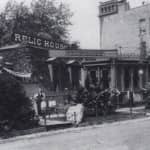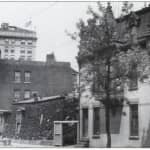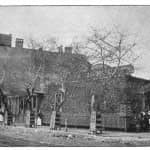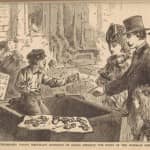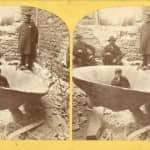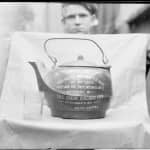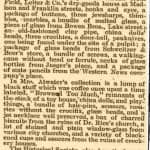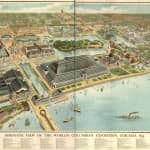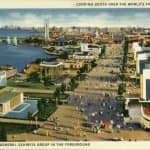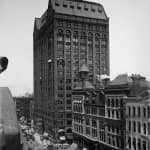impending death of a post-fire cottage could make for a pop up museum akin to the "relic house"
This entry was posted on June 28 2016 by Eric
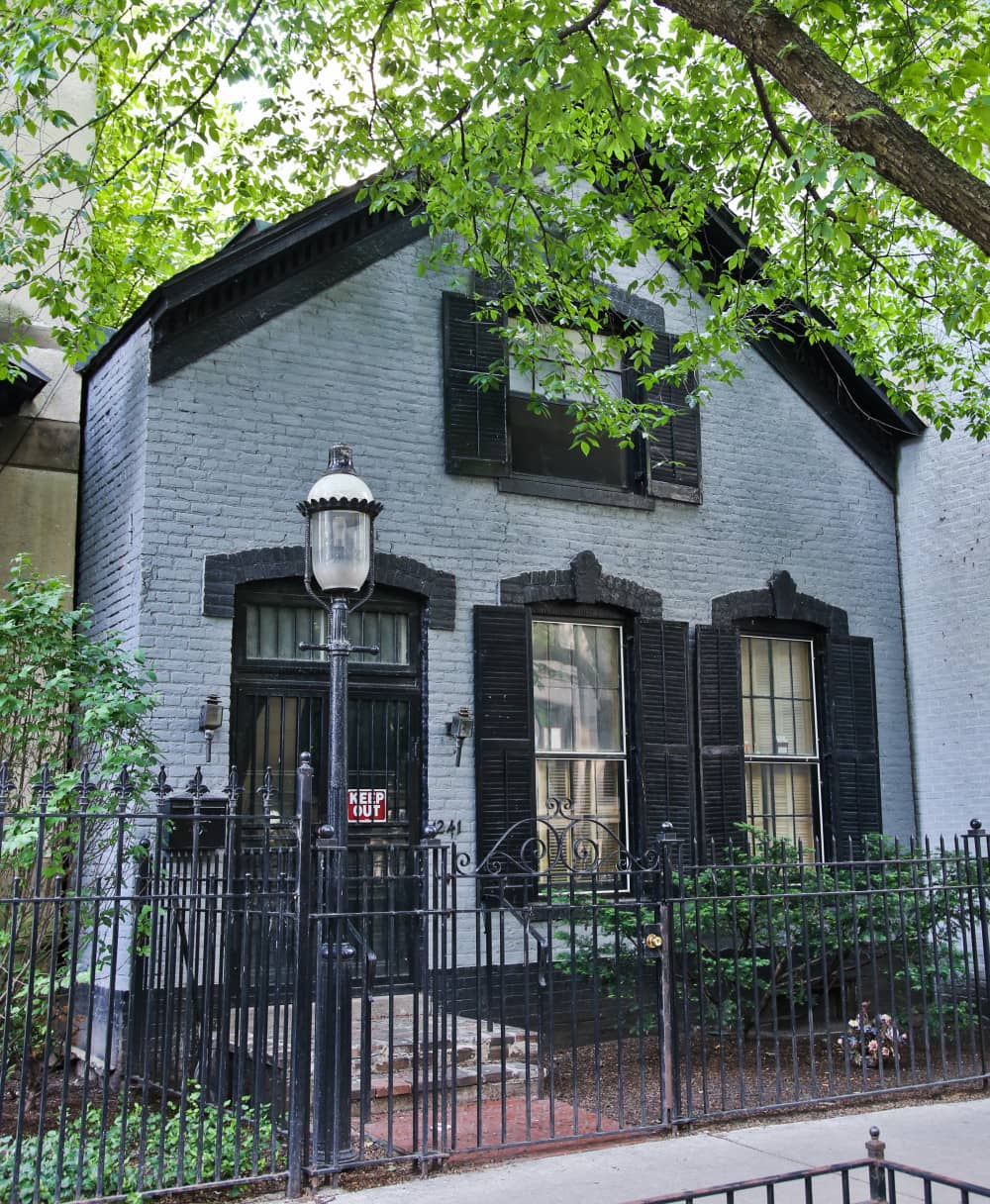 approaching the probable demolition of the post-fire cottage at 1241 state street, it seems tragic not to commemorate the building, or make some effort toward appreciating its survival through the past century and a half. i have floated the idea of creating a pop up museum during the house's last days, using the site to display artifacts i have collected pertaining to the great chicago fire. though logistically, this would still have to be planned, the idea itself strikes a good chord, with precedent in nineteenth century commemorations of the fire.
approaching the probable demolition of the post-fire cottage at 1241 state street, it seems tragic not to commemorate the building, or make some effort toward appreciating its survival through the past century and a half. i have floated the idea of creating a pop up museum during the house's last days, using the site to display artifacts i have collected pertaining to the great chicago fire. though logistically, this would still have to be planned, the idea itself strikes a good chord, with precedent in nineteenth century commemorations of the fire. 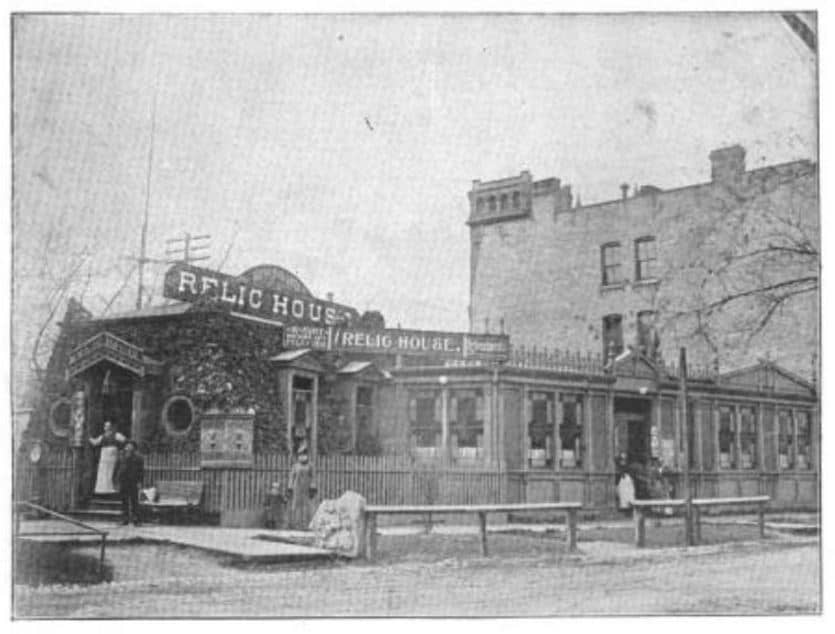
it is well known that the city sprung to action at an unbelievable speed following the disaster. not only were men like william kerfoot (profiled in a recent blog post) immediately attempting to restart their businesses on the hot bricks, but chicagoans were gathering material to remember the event before the ashes had even settled. people were observed chipping away at the courthouse bell for souvenirs-- as scholar adam mack writes, "in an effort to remember the disaster as a history-making spectacle." while collectively the fire seems to have been regarded as an opportunity for recovery, some lamented the sudden sight of improvised store fronts among the ruins, romanticizing the razed landscape for its impressive quiet and epoch-making collapse. though this scene was lost quickly, efforts to remember the event continued on, recording the fire as the city's near-mythical beginning.
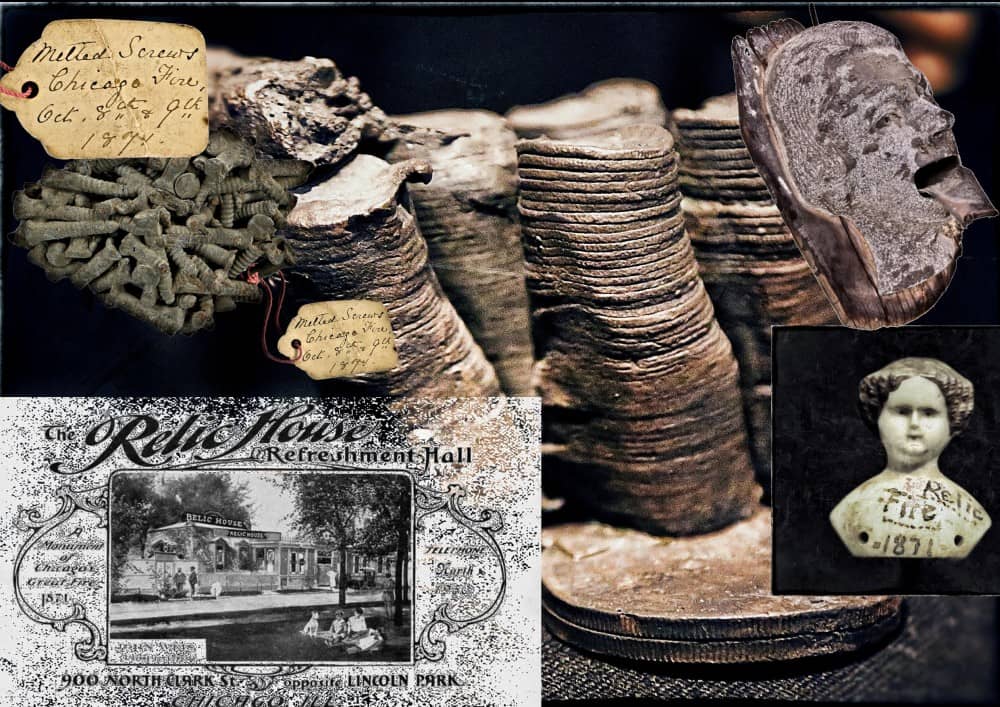
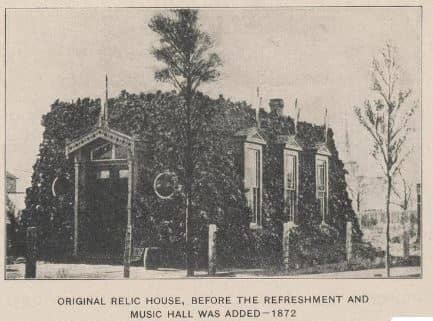
a perhaps lesser known post-fire project was "the relic house," itself a pop-up museum of sorts, constructed in 1872. the building became a curiosity and tourist attraction, being comprised of melted masses of glass, iron, pottery, stone and other materials rescued from the rubble. a man named rettig created the cottage at a time when mementoes of the fire were abundantly available and cheap. raising the structure at north park avenue and center street. it was eventually relocated to clark and north park avenue. philip vinter became the new proprietor and the building was outfitted with a restaurant, hall and saloon, before, in 1884, the relic house passed into the hands of william lindemann, who added a refreshment parlor. 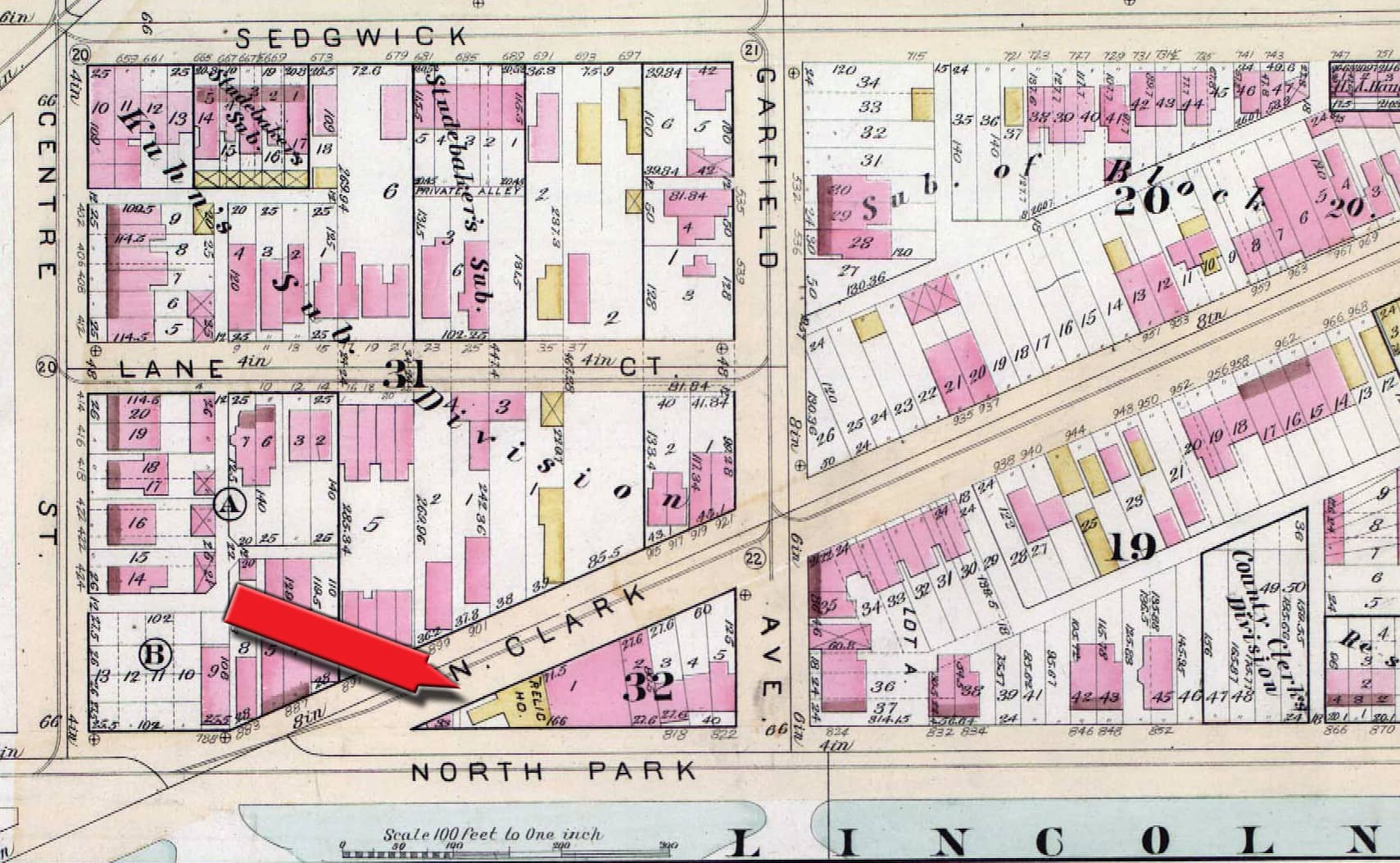
twenty years after the fire, in a december, 1890 issue of the chicago tribune, the relic house was suggested as an exhibit for the world's fair. lindemann, the owner at the time, responded to the idea with candor, "yes, i will move it to the world's fair grounds if i am paid enough." the tribune writer makes a case for the merit of such an exhibit, pointing out that a recent excavation to build the masonic temple had unearthed a huge mass of molten iron at state and randolph streets. he concludes, "many interesting relics of the fire lie buried beneath the earth's surface, and will be discovered when excavations are made for deeper foundations and larger buildings in the business portion of the city." he also predicts that exceptional relics will be found on the lake-front park during the building of the world's fair (as this area was a dumping ground for debris created by the fire). during the excavation for the masonic temple, as detailed, the workers struggled to break up and remove the metal mass buried for two decades, and the company offered it to anybody willing and able to haul it away (this seems illustrative of how rettig amassed such material in the first place). workers also found melted steel scissors, and a solid silver watch, with moving parts melted together. the scissors went on display in the company president's office.
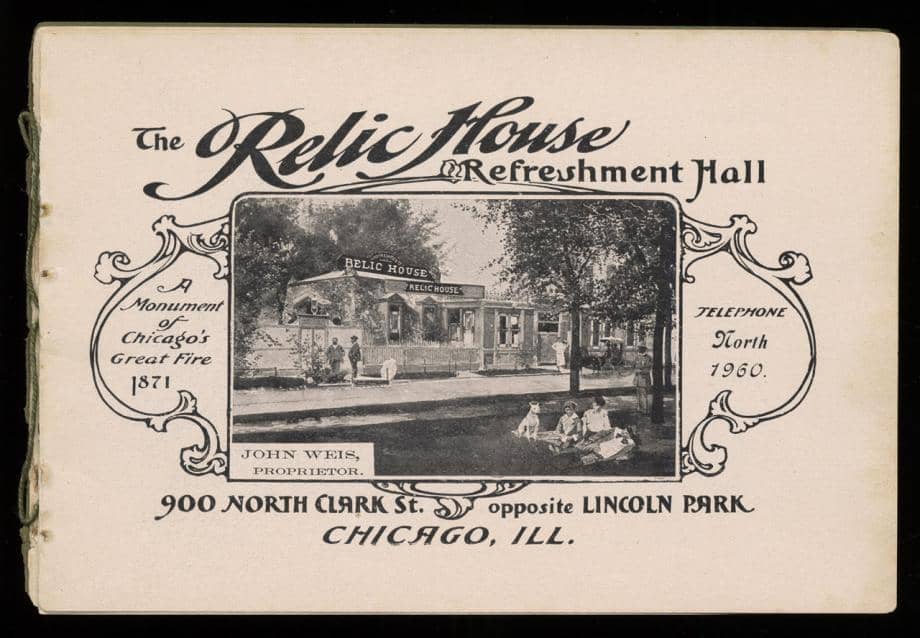
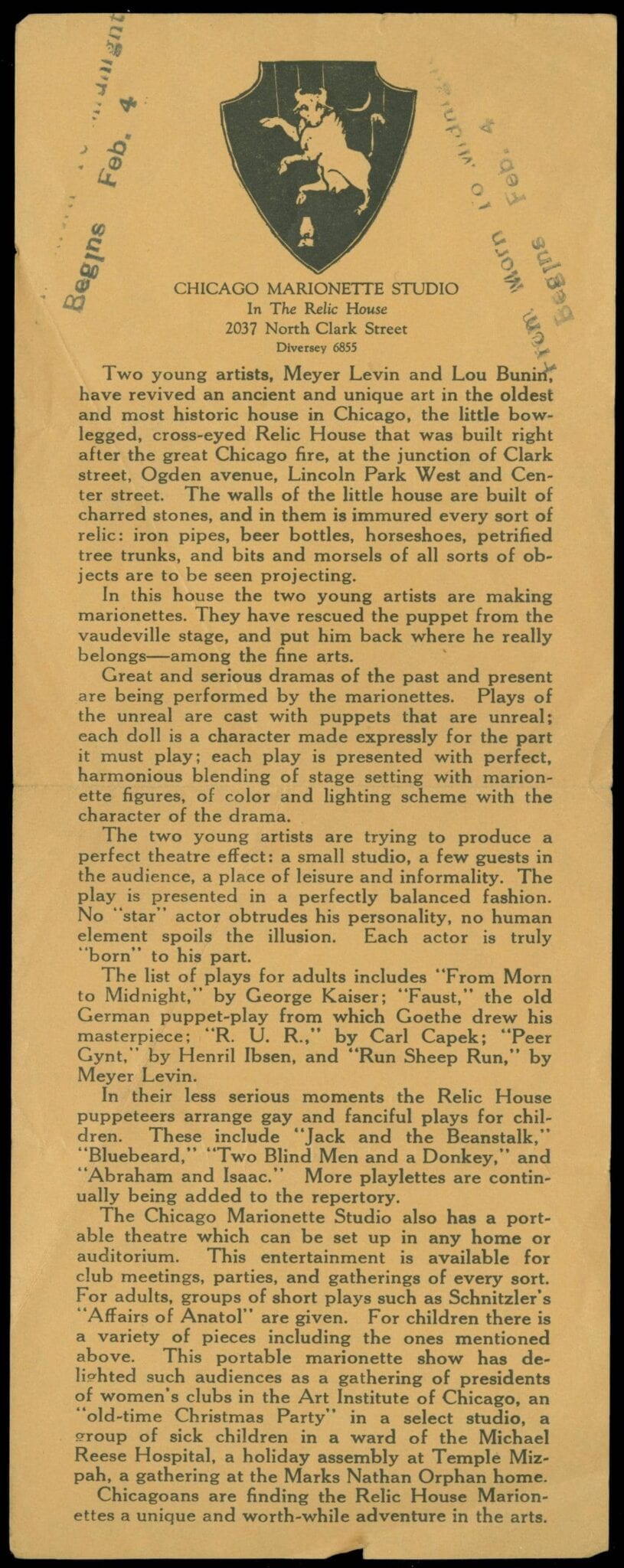
however popular or curious the relic house might have been, it was torn down in 1929 to make way for a large apartment complex. after 60 years, it served as a "renting library" of books and magazines, and still had a popular beer garden behind it. the building was, however, described in one publication as "decorative" rather than historical. 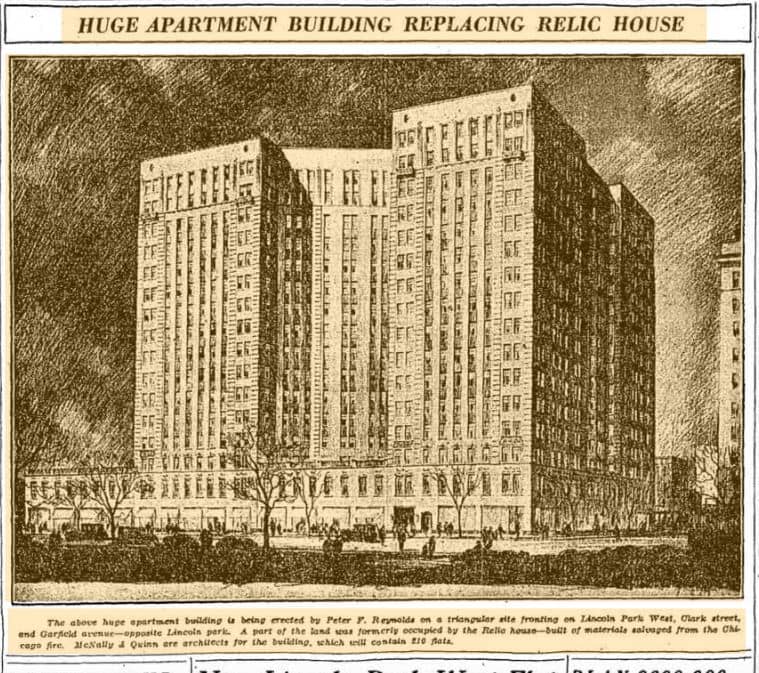
the relic house, living on only in story, seems to affirm a lot of my own projects. as a building created out of scrap and burnt fragments it is testament to the interesting and informative material lying just underneath the city, waiting to be molded into a narrative worthy of peoples' attention. the house was evidence of the quick, inventive response that happened after the fire, and yet, it too succumbed to the city's willingness to raze its own monuments and historical structures. perhaps we need another of these idiosyncratic, even temporary "pop up" museums to fill the void created by demolition.
This entry was posted in , Miscellaneous, Bldg. 51, Events & Announcements, Featured Posts & Bldg. 51 Feed on June 28 2016 by Eric
WORDLWIDE SHIPPING
If required, please contact an Urban Remains sales associate.
NEW PRODUCTS DAILY
Check back daily as we are constantly adding new products.
PREMIUM SUPPORT
We're here to help answer any question. Contact us anytime!
SALES & PROMOTIONS
Join our newsletter to get the latest information

